Table of contents
- Motorcycle brands reloaded Old names, new splendor
- Indian
- triumph
- Royal Enfield
- Norton
- Munch
- Horex
- MV Agusta
- Benelli
- Moto Morini
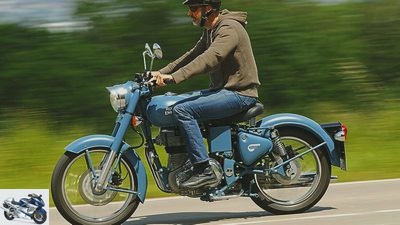
bilski-fotografie.de
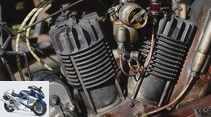
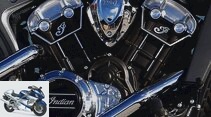
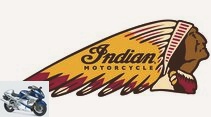
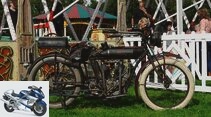
32 pictures
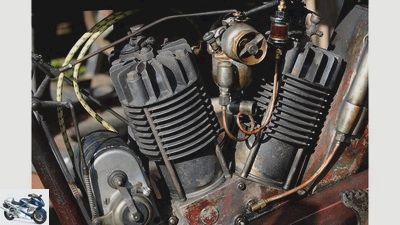
Siemer
1/32
A smooth 100 years lie between this Indian and …
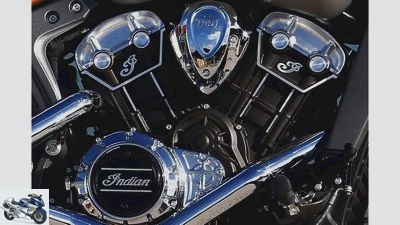
fact
2/32
… and this Indian Scout.
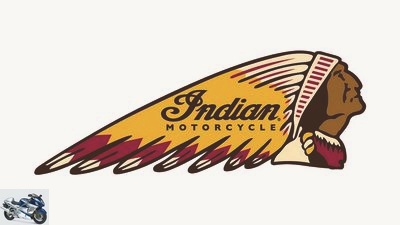
3/32
The snowmobile and quad manufacturer Polaris revived the US brand.
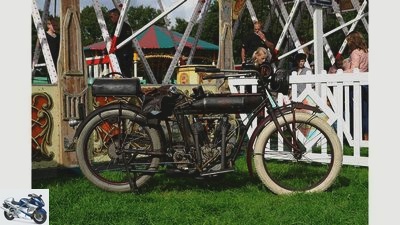
Siemer
4/32
Indian from 1914.
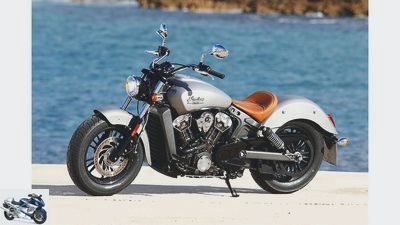
fact
5/32
Indian Scout from 2016.
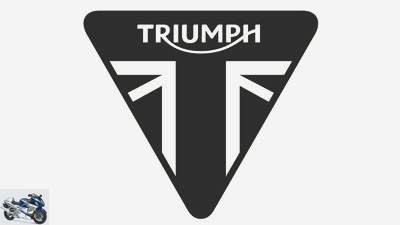
6/32
Triumph – the story of a great English brand.
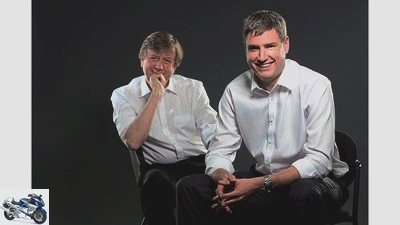
triumph
7/32
The Triumph Savior and His Son: John and Nick Bloor.
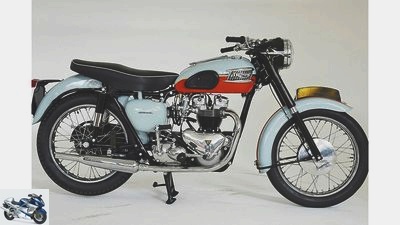
triumph
8/32
Several generations’ favorite: the Bonneville, built from 1959.
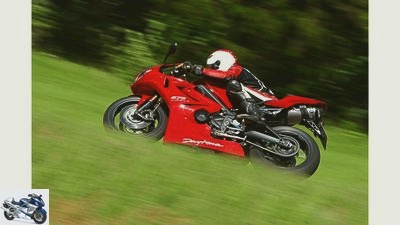
Barbanti
9/32
It is possible: the Triumph Daytona 675 is a great super sports car with three cylinders.
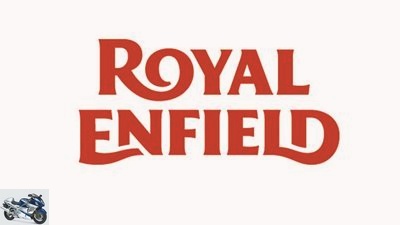
10/32
Royal Enfield – formerly from Great Britain, now from India.
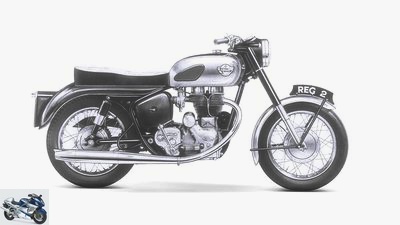
Boswell, Barrett and Phillips LTD
11/32
No motorcycle built today has such a long history as the Bullet, which has been built since 1933.
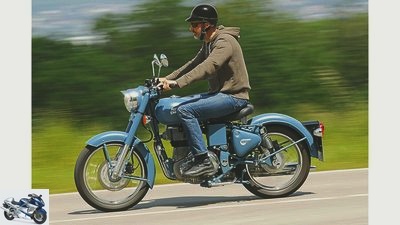
bilski-fotografie.de
12/32
Visually, not too much has changed: Royal Enfield 500 Classic, built in 2016.

13/32
In 2008 millionaire Stuart Garner bought Norton’s naming rights.
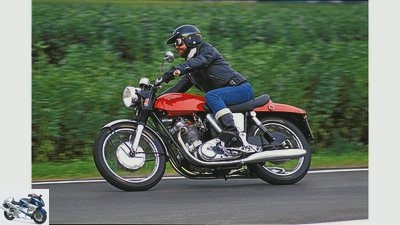
archive
14/32
The ancestor: Norton Commando, two-cylinder with up to 51 HP, built until 1977.
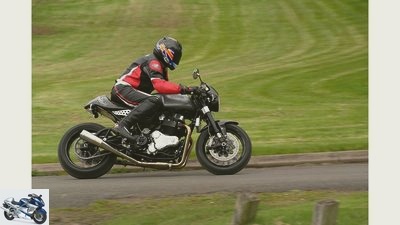
Cathcart
15/32
The modern age: Norton Dominator 961, built in 2016, two-cylinder with 80 hp, 30,000 euros.
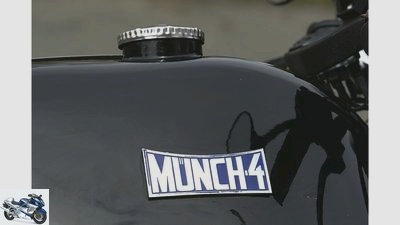
archive
16/32
Munch was repeatedly saved by various investors.
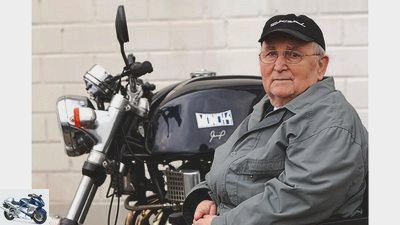
Sdun
17/32
Friedel Munch died in 2014 at the age of 87.
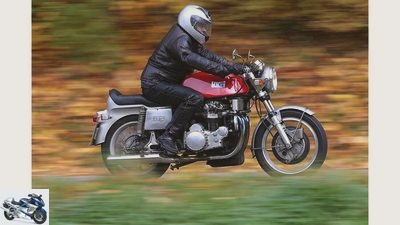
marcus-jahn.com
18/32
His more than 400 motorcycles are almost all unique.
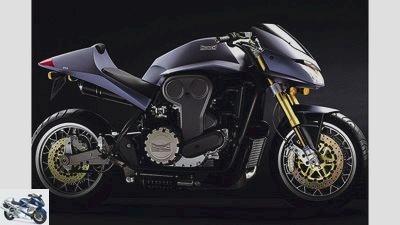
fact
19/32
The new edition Much Mammut 2000, presented in 1997, turned out to be a flop.
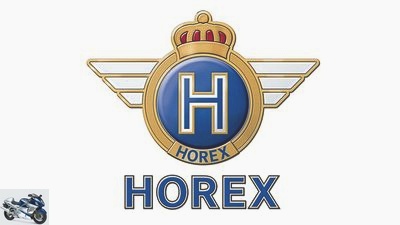
20/32
In 2015 the company took over 3C-Carbon Group. Will it work for Horex this time? We hope so.
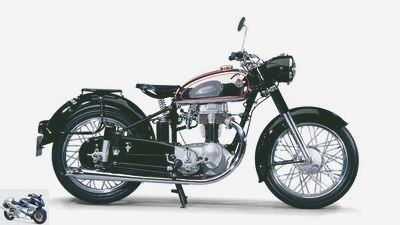
archive
21/32
Cult today as then: the Horex Regina, hits of the post-war period.
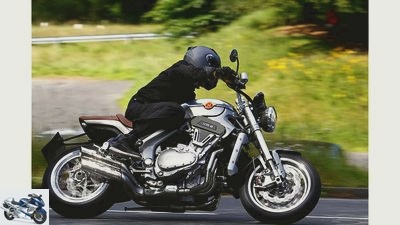
fact
22/32
The new Horex VR6, here as an extremely expensive Silver Edition for 64,500 euros, is an ambitious piece of mechanical engineering.
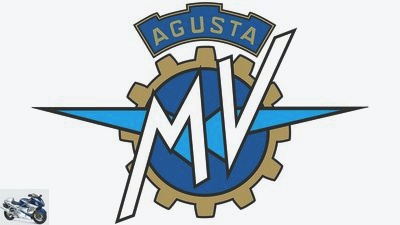
23/32
It is said that Claudio Castiglioni won the naming rights to MV in a game of poker with Rocky Agusta.
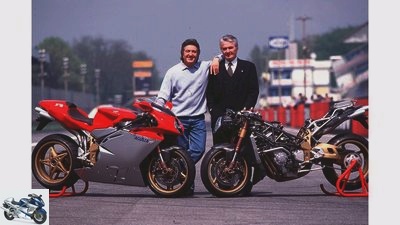
Cathcart
24/32
Company boss Claudio Castiglioni (left) and developer Massimo Tamburini brought the MV Agusta brand back to life with the F4.
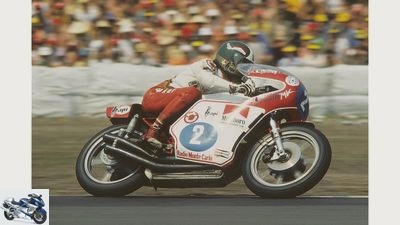
Beau
25/32
The myth of MV Agusta is partly thanks to him: Record world champion Giacomo Agostini, here on the MV 350.
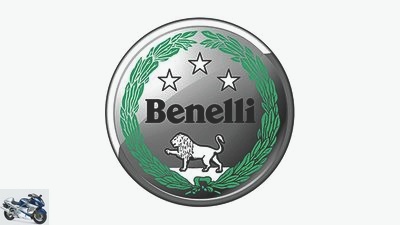
26/32
Benelli was founded in Pesaro in 1911 as a workshop.
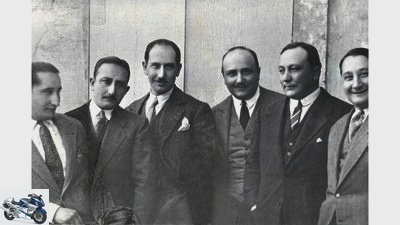
Benelli
27/32
Six brothers, one company.
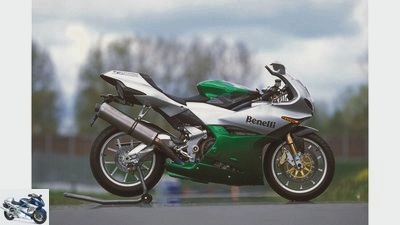
marcus-jahn.com
28/32
The Tornado Tre, introduced in 1999, was the first model after the re-establishment.
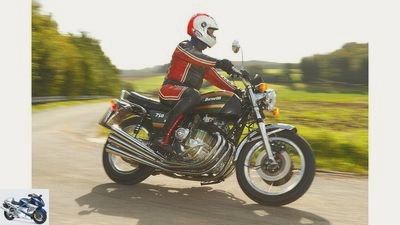
bilski-fotografie.de
29/32
The Benelli Sei came in 1975 with 750 cm³, later also with 900 cm³. But even the first six-cylinder in the world could not protect Benelli from Japan’s overwhelming power.
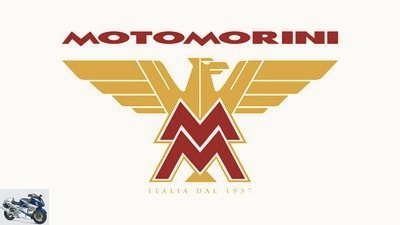
30/32
The renowned developer Franco Lambertini was also involved in the restart of the brand in 2005.
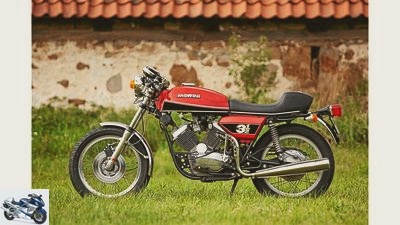
bilski-fotografie.de
31/32
The 3 1/2 from 1971 was the first motorcycle to have an electronic ignition and a six-speed gearbox as standard. It made Moto Morini famous all over Europe.
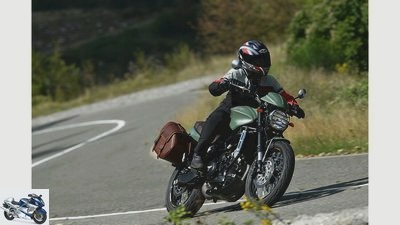
Moto Morini
32/32
One of the most popular Morini models after the restart: the Scrambler 1200. Franco Lambertini developed both the engine of the 3 1/2 and the new 1200.
counselor
traffic & business
Comeback of old motorcycle brands
Motorcycle brands reloaded
Old names, new splendor
Between genius and madness: daring adventurers, passionate enthusiasts or cool calculating entrepreneurs try again and again to bring big names in motorcycle history to life. Not everyone is successful with it.
Eva Breutel, Markus Schocker
08/04/2016
The plan sounds tempting: to revive an old brand with new motorcycles. The fans are already familiar with the name, and the tedious process of introducing a newcomer is no longer necessary. However, many of these attempts fail; To assert oneself in times of strict homologation regulations on the international market is not child’s play. In addition to a good name, you need a clever strategy, inspiring models and, above all, a lot of money.
Buy complete article
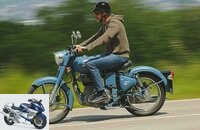
Motorcycle brands reloaded
Old names, new splendor
8 pages) as PDF
€ 2.00
Buy now
Nevertheless, there is always a full-bodied announcement of a comeback. In 2015 there were a 125 and a 250, apparently from Southeast Asian production, with the big name Mondial at the autumn fair in Milan. The year before, a very expensive one-off called Matchless was presented in Milan, which then disappeared into oblivion. The revived Italian off-road brand SWM gives more cause for hope. It has already started production and sales of several models; whether it has a real future will depend on the patience of the Chinese financier.
Success stories are rare. Only Triumph has so far managed to give an old name real life and new shine. Even Indian should have a good chance, but many of the examples on the following pages are more like a chronology of failure. Not even MV Agusta, arguably the most legendary name of all time, seems immune to this: Although the makers by no means lacked enthusiasm and expertise during the restart, the brand is still on the verge of financial ruin due to insufficient capital.
Indian
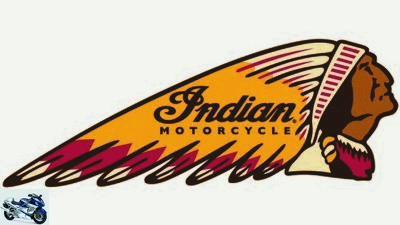
Indian was founded in Springfield / Massachusetts in 1901.
That looks very promising: The recent revival of the US brand Indian by the quad and snowmobile manufacturer Polaris has what it takes to become a success story. Because the new owner Polaris is obviously following a precise plan and has the necessary change to survive the difficult early years. In addition, Polaris has chosen a really big and old name. Indian was founded in 1901 in Springfield / Massachusetts. The first motorcycle sold, a single-cylinder model, was little more than a bicycle with an auxiliary motor, but it triumphed in its racing debut, the endurance race from Boston to New York in 1902. Indians were already extremely popular in the 1920s, among many US metropolises, with their low seating position, the leaf spring fork on the front wheel and the low fenders, were part of the street scene. During the First World War, the brand advanced to become the largest motorcycle manufacturer in the world, thanks in part to its military production. Innovations like the side valve control, with which hardly any other US manufacturer could shine, contributed a lot to the popularity. In 1933 Indian switched from loss lubrication and drip oilers to dry sump lubrication – which gave the motorcycles a long-distance capability that Harley customers could only dream of.
Nevertheless, Indian lost the competition between the two major US manufacturers. Not least because the Indians were getting heavier and heavier, but the engineers only gave them insignificantly more power. In 1945 an investment group acquired the company and wanted to tap into new customers with smaller and lighter models. The rescue failed and in 1953 Indian went bankrupt. Several attempts at resuscitation followed, including the German developer Friedel at the end of the 1960s Munch Breathe new life into Indian with a “Munch-Scout”.
But only Polaris now seems to be successful. The US company based in Minnesota founded the motorcycle brand Victory in 1997, bought the naming rights to Indian in 2011 and is now setting out to challenge Harley – not on its rustic track, but with modern technology. Both the 1.8-liter V2 of the Chief and the 1.1-liter V2 of the Scout were developed by the Swiss company Swissauto, which already won victories in the motorcycle world championship and whose powersports division has now become Polaris group is owned. With all the high-tech, Indian does not lose sight of tradition: the 1.8-liter engine optically imitates the side valve control of yore.
The sales figures are still far behind those of Harley, but they are steadily increasing. The question remains whether Indian will manage to get enough Harley purists to switch. A comeback after more than 60 years – it has style and deserves a happy ending.
triumph
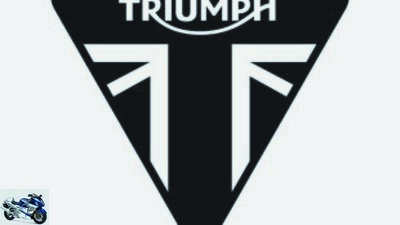
Today Triumph is again England’s number one in motorcycle construction.
Triumph – this is the story of a once great English brand that went broke, the factory halls were torn down. And it is the story of a man who picked up the rubble, led the brand to its old size with the right business model and received the Order of the British Empire for it. A story almost too good to be true.
In the 1970s, triumph was just languishing. The Japanese manufacturers with their four-cylinder superbikes have hurt the brand badly, and the merger with other British manufacturers to form the “Norton-Villiers Triumph” conglomerate cannot stop the decline. When the plant in Meriden, west of Birmingham, was to be closed in 1973, the workers occupied the halls and managed to get them to continue building the motorcycles as a cooperative. But in 1983 the project was broke and Triumph was dead.
Now John Bloor comes on the scene. A man from the construction and real estate industries. He hardly knows anything about motorcycles. He has money for that. And a vision. He is building a new factory in Hinckley, just 20 miles from Meriden, and has a new line of products developed at his own pace. Seven years later, in 1990, he presented the first models at the IFMA in Cologne. Bloor initially relied on three- and four-cylinder machines, only to quickly notice: Japan can do better in-line four. From now on, Bloor only has triples and the classic parallel twin built.
The concept works, the sales figures develop positively. When Tom Cruise hit the screens in a Triumph Speed Triple in “Mission Impossible II” in 2000, sales rose to 31,000 motorcycles the following year. Triumph is back in the black for the first time in decades. Bloor has invested over £ 100 million by then. Even a major fire that destroyed the Hinckley plant in 2002 could not stop him. A new factory was set up just months later.
Today the sales are over 50,000 pieces, Triumph produces in addition to England in Thailand and Brazil. And John Bloor, who has led two companies to success with his house building company “Bloor Homes” and with Triumph, is listed in the “Rich List” of the Sunday Times as a billionaire. The now 73-year-old has a modest lifestyle and does not like to give interviews. He has largely transferred the Triumph business to his son Nick, who has been managing director since 2010.
Today, Triumph is again what it used to be: England’s number one in motorcycle construction.
Royal Enfield
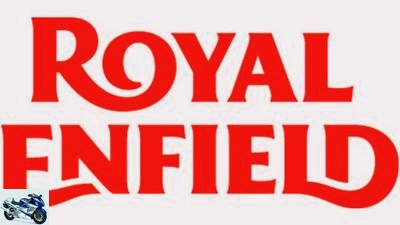
Royal Enfield never stopped production but only changed the country and name in between.
Bullet. One name, one myth. No motorcycle has a longer history than the Bullet, which was launched in 1933 and is still being built today. However, no longer in good old Britain as at the beginning, but in India – a story that proves that you can also outsmart the colonial power. In contrast to the other brands posed Royal Enfield the production never really started, just changed the country and occasionally the name. But first things first: The company was founded in 1893, initially building parts for weapons and bicycles. The first motorcycle went into production in 1901. Because the robust single-cylinder Bullet 350 was well received in India, Royal Enfield outsourced part of the production to Madras, today’s Chennai, in 1956.
Faced with ever increasing costs, the parent company in Redditch, England, had to close in 1970 while the Indians continued to produce independently. Initially under the name “Enfield of India”. It was not until 1994, when the Indian industrial group Eicher Group took over the company, that it was renamed Royal Enfield again. Today the manufacturer in India sells over 400,000 motorcycles a year, but not even 10,000 are exported. Only air-cooled single-cylinder four-stroke engines are used in the three retro models Classic, Bullet and Continental GT as well as the Cruiser Thunderbird and the Enduro Himalayan. Parent company Eicher apparently has big plans with Royal Enfield: Export is to be expanded, a new factory is being built in Chennai, a new development center near Birmingham and there are first photos of a new 750 with parallel twin.
Norton
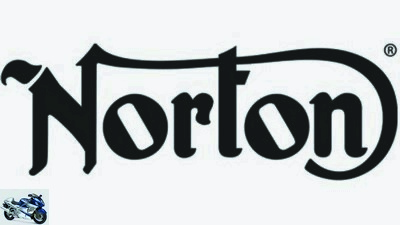
Norton
Stuart Garner bought the naming rights to Norton in 2008 and breathed new life into the brand.
You only get such a chance once in five lifetimes. ”This is what the British self-made millionaire Stuart Garner, who in 2008 granted the naming rights, says Norton bought and breathed new life into the brand. The 46-year-old Garner, who made his fortune with fireworks and breeding rare antelopes for safari parks, later also acquired Donington Castle near the racetrack of the same name, where Norton now resides. That fits, because on the one hand the headquarters were once in nearby Birmingham, on the other hand the brand is inextricably linked with racing. Founded in 1898 by James Norton, a Norton was already at the top of the podium at the first Tourist Trophy on the Isle of Man in 1907; countless other TT titles followed. Motorcycles dominated international motorcycle racing until the mid-1950s. Especially the celebrated Manx, built from 1949 to 1962, was a guarantee of victory; their single cylinder even became the common drive system for Cooper Formula 3 racing cars.
Despite or perhaps because of the racing successes, the decline could not be stopped. In the 1950s, Norton was combined with other starving brands such as AJS and Matchless in the AMC (Associated Motor Cycles) group, which soon went bankrupt. The manufacturer Norton-Villiers emerged from the ashes (Triumph was added later), which experienced a brief boom in the 1970s with the Norton Commando. In the long run, however, the backward technology could not hold its own against the modern Japanese models. In the 80s the rights to Norton were split worldwide, several attempts at resuscitation failed miserably. Until the self-confessed motorcycle jester Stuart Garner came along and with him the necessary capital. Today he has small batches of the Dominator and Commando models produced by hand – with great success.
Munch
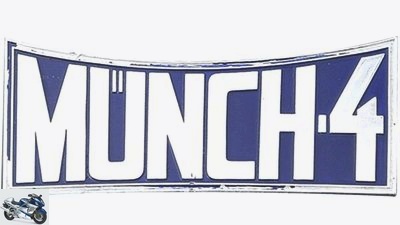
www.factstudio.de
Company founder Friedel Munch’s credo was: lots of displacement and lots of power.
Friedel Munch was a technology enthusiast who loved extremes: lots of displacement, lots of power, was his credo. His entrepreneurial skills were rather mediocre, which is why he repeatedly ran into financial difficulties in his projects. The technician and tinkerer first worked in the Horex racing department and later traded in motorcycles before designing his own motorcycle in the mid-1960s. He took a four-cylinder car engine from the NSU Prinz 1000, designed a frame, screwed the NSU’s twin headlights onto it – and the first Mammut was ready. Munch, who they said he could still build a motorcycle out of a tin can, repeatedly found partners who at least temporarily financed his passion. For example the US publisher Floyd Clymer. Or the millionaire son George Bell. The packaging manufacturer Hassia saved him in the early 1970s, and shortly afterwards Munch designed the Mammut TTS-E, the world’s first series motorcycle with mechanical fuel injection. When Hassia withdrew, he had to file for bankruptcy. A cooperation with the entrepreneur Heinz W. Henke, who had bought the bankruptcy estate and the naming rights, broke up in 1977. Thereupon Munch developed further on his own. He drove the displacement of the Mammut upwards, right up to the “Titan 2000” model with 2000 cubic meters, 154 hp and a Wankel half-cylinder compressor.
In 1997 the businessman Thomas Petsch wanted to revive the Munch myth. But his Mammut 2000 (2000 cc, turbo, 265 hp) balanced on the verge of impassability: the turbo lag large, the handling pathetic. Only eight Mammut 2000 (price: around 170,000 marks or 86,000 euros) were sold. Today the naming rights are held by the company DBH in Luneburg, which restores the Munchs and manufactures replicas of the Munch TTS-1200 and TTS-E 1200 – but without road approval due to exhaust and noise regulations.
Horex
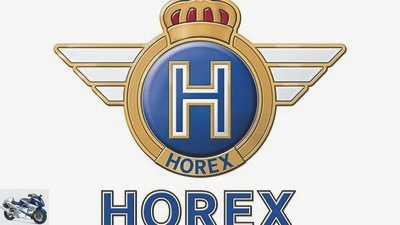
Horex
The Horex debacle is a prime example of a failed brand revial.
July 2012. The traditional German brand Horex should revive. Clemens Neese is the name of the man who acquired the Horex naming rights. Now he has invited the press to a test drive with his new Horex VR6 Roadster. But the journalists are struggling with stuck brakes and leaking cooling water – the VR6 proves to be an unpresentable, even dangerous vehicle. All of them survive the test drive unscathed, but Neese and Horex are bankrupt two years later.
The Horex debacle is a prime example of a failed brand revial: too little capital, too little manpower, too few resources to develop a motorcycle. A big name and enthusiasm are not enough.
It was Fritz Kleemann who founded the Horex company in 1923 in Bad Homburg, Hesse. The first two letters of the city as well as the trademark of the parental Rex canning company resulted in the company name. In the 1930s, the Horex engineers convinced with progressive ideas. There was the parallel twin from 1932 with camshaft and crankshaft supported on three bearings. Or the 350 cc four-stroke engine, type designation SB35, which was ahead of its time.
After the war, the Regina model replaced the SB35 and, with its 350 cm3 single cylinder, became the most successful motorcycle in the company’s history. In 1952 it was even the best-selling 350 series worldwide.
But then the sales fell rapidly, in 1956 Horex stopped production. The naming rights were first acquired by Friedel Munch, then the importer Fritz Roth, who had cheap mopeds and mopeds built under the name Horex in the 1980s. After Clemens Neese’s unsuccessful interlude, the 3C-Carbon Group took over Horex in 2015 in Landsberg am Lech, Bavaria. 3C is ambitious: The VR6 (six-cylinder V-engine, 1218 cm3, over 160 hp) has been fundamentally revised, 150 motorcycles are to be built by the end of 2016. A flagship store is planned to open on the original factory site in Bad Homburg at the end of August.
MV Agusta
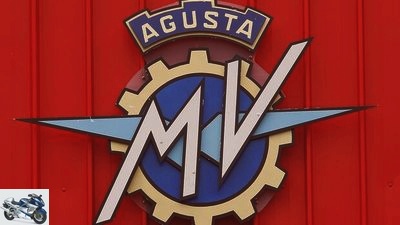
markus-jahn.com
It is said that Claudio Castiglioni allegedly won MV Agusta’s naming rights in a game of poker with Rocky Agusta.
Claudio Castiglioni only laughed knowingly when he heard about the rumors of the rebirth of in later years MV Agusta Was addressed: It was said that he had won the naming rights in a game of poker with Rocky Agusta, heir to the company of the same name and the dazzling figure of the Italian jet set. Whether that’s true or not, the fact is that Castiglioni, then boss of the Cagiva and Ducati brands, came into possession of the naming rights in the early 1990s. The charismatic entrepreneur went to work together with his friend, the ingenious developer Massimo Tamburini, and presented the breathtakingly beautiful four-cylinder F4 to the motorcycle world in 1997, the first model from the revived MV Agusta brand. Shortly before, Castiglioni had to give the Ducati company to a US fund for financial reasons and now concentrated fully on MV Agusta, probably the biggest old name in the motorcycle industry.
There were already numerous myths surrounding MV in the brand’s first life, which ended in 1977. Among other things, this was due to the fact that its owner at the time, Count Domenico Agusta, ruled absolutistically in his company empire and hardly any information leaked out. Above all, however, the myth is based on the incredible racing successes. MV won 37 constructors ‘and 38 drivers’ titles between 1954 and 1974, many of them with racing driver Giacomo Agostini, who like the brand became a legend.
Meccanica Verghera Agusta, its full name, was founded in Samarate near Milan in 1945 as an offshoot of the aircraft manufacturer Agusta. Company boss Domenico Agusta sent the first machine, the two-stroke 98, to the racetrack. Although MV produced numerous street models over the years, the Count’s real interest was only in racing, which he financed primarily through the aircraft factory. After his death in 1971, the cash donations from the parent company gradually dried up, and in 1977 MV ceased operations.
The comeback 20 years later was driven forward with great enthusiasm, but soon there were financial crises. In 2004 Claudio Castiglioni sold the majority of MV Agusta to the Malaysian car maker Proton, but received it back a year later for the symbolic price of one euro. In August 2008, Harley-Davidson bought the brand, only to return it to Castiglioni two years later, again for one euro. Today Mercedes-AMG holds 25 percent of the company; Nevertheless, Giovanni Castiglioni, who has been managing director of the MV since the death of his father in 2011, had to apply for bankruptcy protection in April 2016 due to financial bottlenecks and will soon have to present a restructuring plan that will be decided on in autumn. How things will go on with MV Agusta is currently not clear. But not only Italy’s motorcycle fans are absolutely convinced: MV Agusta is immortal.
Benelli
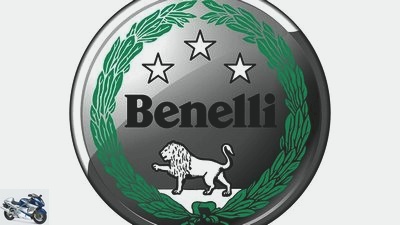
Benelli
In 2005, Benelli stopped production and was soon taken over by the Chinese group Quijiang (QJ).
Vittorio Merloni, boss of the household appliance company Indesit, didn’t have it easy either: one of his sons invested a lot of money in an Italian motorcycle website in the mid-1990s, the other, Andrea, even more in trying to get the old brand Benelli from Pesaro on the Adriatic. Initially even with success: the super sports car Tornado, a 900 three-cylinder, caused a sensation, other models followed. But the motorcycles struggled with technical problems, and the production of scooters hardly made any profits. In 2005, Benelli stopped production and was soon taken over by the Chinese group Quijiang (QJ).
Up to this point in time, the brand had already had an eventful history. It was founded in 1911 by the six Benelli brothers, initially as a workshop. Motorcycle production began in 1921 with a two-stroke engine with 98 cc. Soon after, Tonino Benelli started racing on his own motorcycles; thanks to the successes, the demand increased, in 1930 1000 people worked in the plant. After the Second World War, disputes arose between the brothers and their heirs, and in 1972 the company was sold to the Argentine Alejandro de Tomaso. After all, he had the legendary six-cylinder Benelli Sei developed, but later tried to equip the motorcycles of Benelli and his other brand, Moto Guzzi, with the same parts. Moto Guzzi narrowly survived, Benelli did not.
Today, a good ten years after the takeover by the Chinese group QJ, Benelli mainly builds cheap small motorcycles, but has announced that it will also be relaunching the large three-cylinder soon. The bankruptcy declaration by a court in Pesaro is currently causing confusion.
Moto Morini
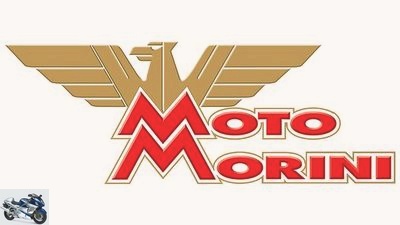
Moto Morini
The Morini models received a lot of praise, but the brand ran out of breath during the financial crisis. In 2010 Morini had to file for bankruptcy.
Friends of the brand were excited about it: the restart of Moto Morini in 2005 Franco Lambertini was also significantly involved. The renowned developer had designed the widely admired 3½ for the brand in the early 1970s; now he built an extremely short-stroke 87-degree V-engine with 140 hp for the new company Moto Morini. Moto Morini, it seemed, was ideally positioned to meet the requirements of the modern motorcycle market.
But it turned out differently. The Morini models received a lot of praise for quality, performance and especially the bearish engine, but the brand, which several relatives of the original company founder had revived together with three partners, ran out of breath during the financial crisis. In 2010 Morini had to file for bankruptcy. The dream of establishing a two-cylinder competitor to Ducati in Bologna was over.
The brand began its first life in 1937, founded by Alfonso Morini. The first motorcycles were made after the Second World War, the 3½ was best known to us. In 1987 the Castiglioni brothers bought Morini after the Ducati brand, and production was discontinued a few years later.
Today Moto Morini belongs to a financing company and produces homeopathic quantities in a small factory near Milan. In the absence of ABS and Euro 4 homologation, the models are likely to disappear from the market soon.
Related articles
-
Classic English brands make a comeback
Alan Cathcart 7th pictures Alan Cathcart 1/7 Paul Sleeman between the old V 1000 (back) and his 24, named after James Hunt’s starting number. The current…
-
Nine short biographies about German motorcycle brands
archive 10 pictures NSU 1/10 What happened to you Biographies of German motorcycle brands. fact 2/10 Excellent workmanship, small, handy and fast: Adler…
-
Voge 26th pictures BMW 1/26 BMW F 850 GS / Adventure: Two-cylinder engine is manufactured by Loncin in China. Flash Art 2/26 BMW F 750 GS: two-cylinder…
-
Motorcycle brands and their reputation
mps photo studio counselor traffic & business Motorcycle brands and their reputation The brands and their reputation Image check from MOTORRAD 48,118…
-
Scene: motorcycle legends and their situation today
MZ Sports & scene Scene: motorcycle legends and their situation today Scene: motorcycle legends and their situation today What are actually doing……
-
The small ABC of motorcycle types, part 1 A ?? D.
Buell motorcycles The small ABC of motorcycle types, part 1 A ?? D. The small ABC of motorcycle types, part 1 A ?? D. ETV 1000 XB9R S4R Manufacturers…
-
Portrait of a motorcycle enthusiast
Detlev Louis motorcycles Portrait of a motorcycle enthusiast Portrait of a motorcycle enthusiast The person behind Detlev Louis Dozens of shops bear his…
-
Nakamura 23 pictures Indian 1/23 Indian 2/23 Indian 3/23 Indian 4/23 Indian 5/23 Indian 6/23 Indian 7/23 Indian 8/23 Indian 9/23 Indian 10/23 Indian…
-
fact motorcycles Report: motorcycle design Motorcycle design Ugly or beautiful? Why do we like a motorcycle at first glance and not another one at first…
-
Norton back in racing: Comeback at TT 2022
Cathcart Sports & scene Motorsport Norton back in racing: Comeback at TT 2022 Norton wants to go back to racing Comeback at the TT 2022 The British…